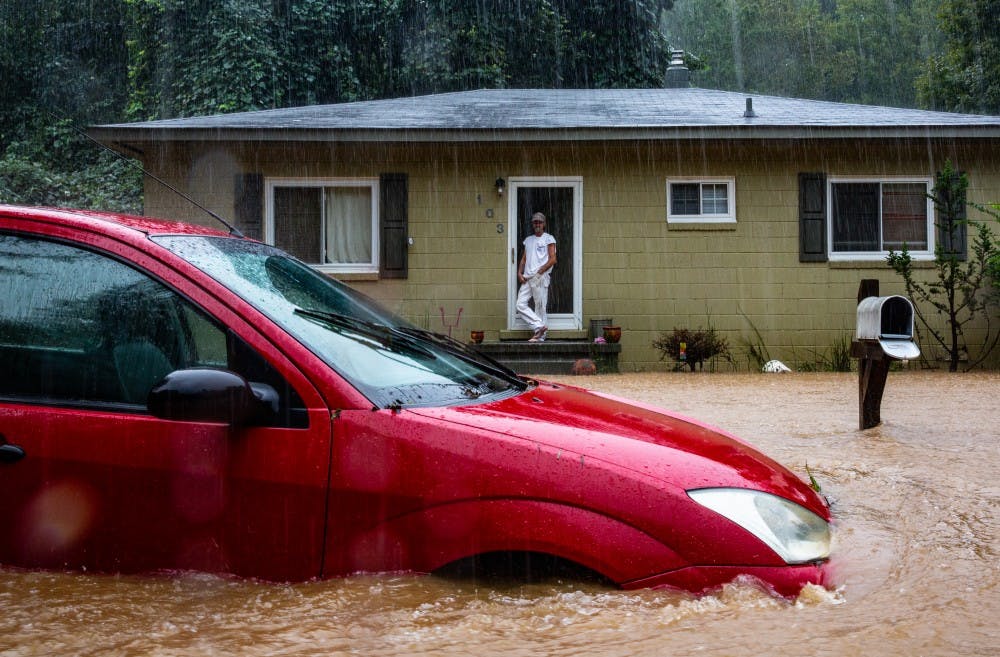Hurricane Florence did a lot of visible damage to North Carolina with its wind and rain, but its invisible impact is one that lingers on and affects the lives of many North Carolinians.
North Carolina is fifth on the list for most wells in the United States and second in the amount of people that drink from wells. Hurricane Florence exposed 332,798 of these wells to heavy rains.
Around 23 counties with high quantities of wells were heavily affected with flooding, according to Wilson Mize, regional environmental health specialist at the N.C. Department of Health and Human Services.
Hope Taylor, the executive director at Clean Water for N.C., said there are three types of water contamination that often occur with flooding and heavy rains as experienced in Hurricane Florence: coal ash spills from holding facilities, confined animal feeding operations and contaminants from toxic waste sites.
"There is not much anyone can do except to test personal water supplies and wait for the waters to subside," Taylor said.
“There is not an overall ‘clean-up process,’ but many investigations are still ongoing,” she said.
Another water source experiencing contamination is a classic Chapel Hill landmark, the Old Well. Martha Scott Tomlinson, a post-doctoral researcher at UNC, tested the water from the Old Well and found the iron level was over the state standard.
Tomlinson said this is a secondary standard and is not threatening to health — it just affects things like taste, odor and color.
The contamination is likely due to the way pipes are connected to the water supply and water sitting stagnant in the pipes, said Andrew George, the community engagement coordinator at UNC’s Institute for the Environment.



